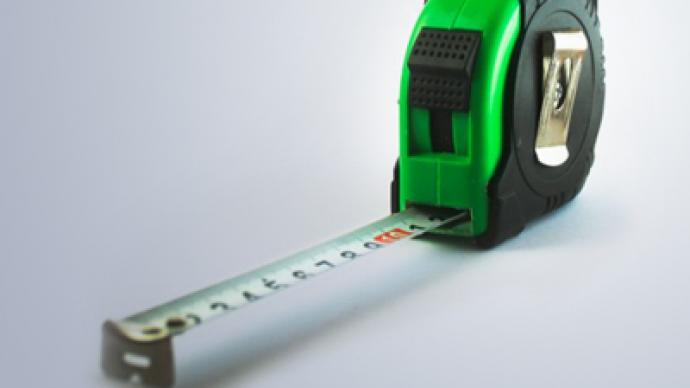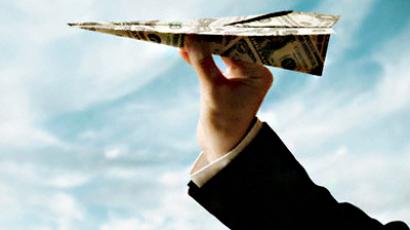Balancing the rates, rouble, inflation equation

With the Central Bank of Russia leaving the refinancing rates unchanged but lifting reserve requirements to 5.5% from 4.5% for non resident companies and to 4% from 3.5% for others, Business RT spoke with Deutsche Bank economist Yaroslav Lissovilok.
RT: Has the Central Bank got it right or are they not doing enough to curb inflation?YL: “Well I think certainly there were some encouraging signs regards inflation recently. We have seen some deceleration, so to some degree I think the decision not to raise rates may have been partly impacted by this more favourable recent development. But ultimately all of these decisions are related to interest rates, to reserve requirements, they are a balancing act between high inflation and the need to curb inflation, and, at the same time, growth considerations, and measures that would to some degree bolster economic growth in the country.”RT: How much is the Central Bank relying on the strength of the rouble to keep prices in check, and what happens if the currency weakens?YL: “Well, certainly in our view, some of the deceleration that we have seen in inflation recently may be due to rouble appreciation, and certainly the scale of rouble appreciation has been quite significant since the beginning of this year. I think, going forward, probably the Central Bank will start to rely less on this instrument, and curbing inflation on the exchange rate instrument, and will start to use some of the other instruments more, like reserve requirements, for example.”RT: What is your forecast for inflation, bye the way it has dropped in February compared to January, do you think it is a temporary development?YL: “Well, I think, as a trend, we will see further declines in inflation in the course of this year. Our forecast is 8.5% by the end of the year. Currently we are at around 9.4, 9.5%. So I think there are grounds for further deceleration, but I think a lot will depend on the forcefulness of the actions of the Central Bank.RT: And also the Central Bank has once again raised the reserve requirement for banks. Is this an effective way to remove liquidity from the market?YL: “I think, given the difficult circumstances that a lot of the Central Banks in the world face these days, and the concerns that the Central Bank has with regard to capital inflows, I think this is the preferred instrument. That they raise reserve requirements, this is sterilizing liquidity, and this is better than the increase in interest rates which would have, as a negative implication, excessive capital inflows into the country.”RT: Once again, what is your view about the rouble?YL: "With regard to the rouble, our view is that by the end of the year it will be about 20 roubles versus the dollar. We still see some scope for rouble appreciation in the course of the year. But again, I don’t think it is going to be used as intensively as we have seen so far. Of course there are considerations associated with some of the negative implications of rouble appreciation – for growth for example, especially in the manufacturing sector and sectors that are competing with imports. So my view is that perhaps another several percent and then this is it for rouble strength.”














